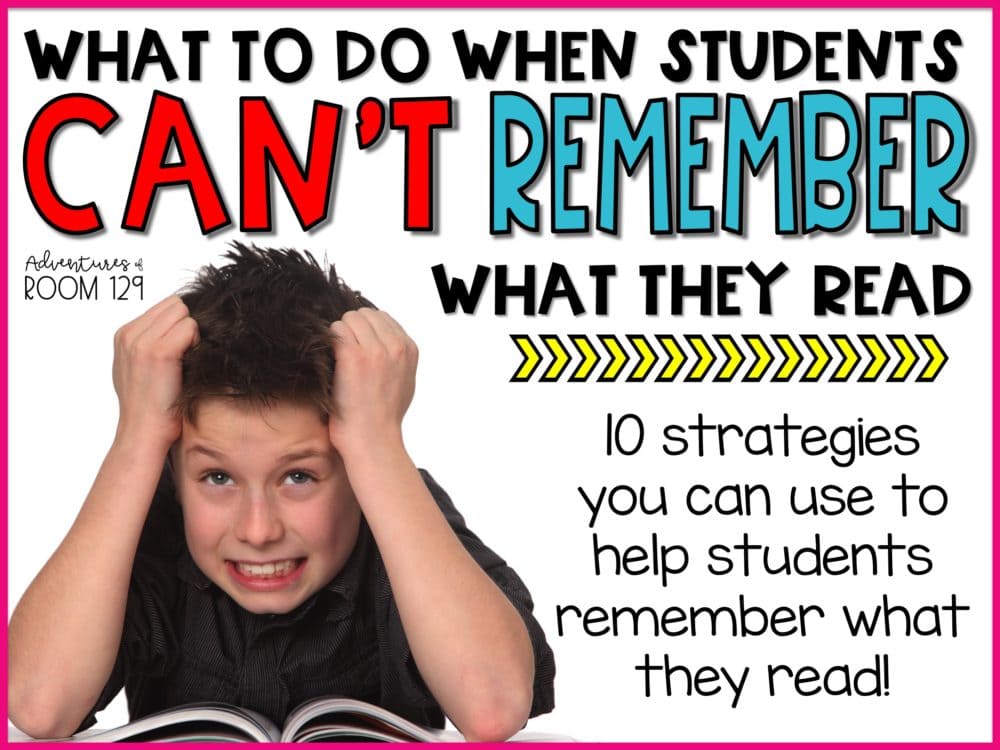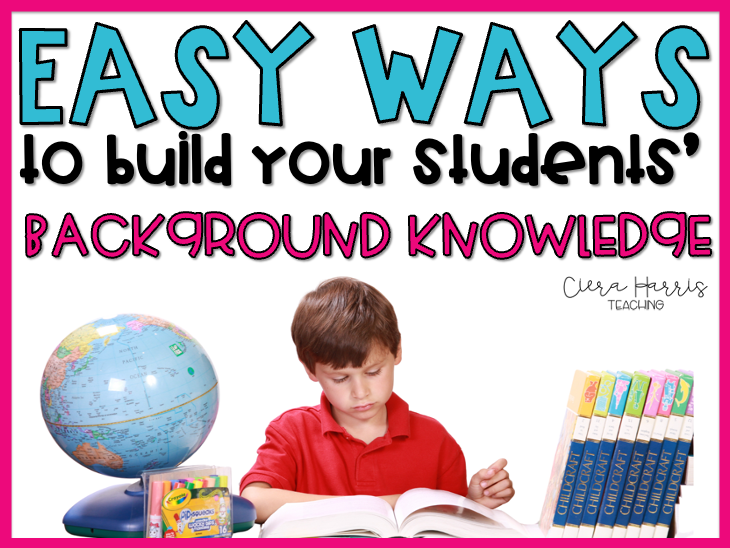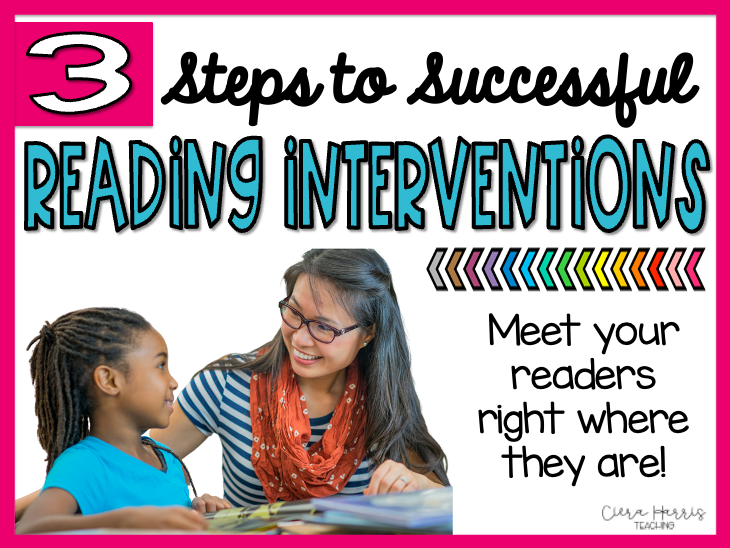It is such a great feeling when we, as teachers, see those lightbulbs go off in our students. They get a math problem right and smile. They read a passage and they understand. But what happens when those lightbulb moments are far and few between? How can we help students who read, but cannot remember what they are reading? What reading comprehension strategies can we use?
For some students, the lack of fluency or phonics proficiency can impact their comprehension, and for that, those students have clear intervention needs. But for the majority of students, it’s not their fluency or their decoding skills. They can read the passage just fine. But once they are done reading, they are unable to answer questions about the text. They are unable to expand upon what they read.
I have ten proven reading comprehension strategies that you can use right away, to help these students become more proficient in their comprehension. Let’s check them out!

Strategy #1: Use Reading Strategies
There is a HUGE difference between reading SKILLS and reading STRATEGIES. If you are not sure what what is, make sure to check out my post on the differences between the two! Reading strategies are the only proven pathway for advancement in reading comprehension. Here’s why!
Reading strategies require active thinking. When students are visualizing, asking questions, and making predictions – they are having to interact not only with the text and what they are reading, but also with their own minds and thinking. For the students who can’t remember what they are reading, active thinking is what they are missing. They are simply reading the words and not thinking about the text. Getting them to focus on reading strategies will absolutely change this!
Strategy #2: Stop & Think
Think about yourself as a reader, whether for work or for pleasure. When we read, we often will stop and think about the situation that we just read about. We’ll laugh, re-read, question, and continue to read. We naturally stop and do this type of thinking as a part of our reading process. Struggling readers do not stop.
An easy strategy we can teach them is to ‘Stop & Think’. I do this in my small groups simply by drawing a line underneath a sentence in the text where I want them to stop. At that point, many things can happen. We can discuss verbally what’s happening in the story. I can give them silent reflecting and thinking time. Or we can do a quick ‘stop and jot’ activity on a post it note. The point is that I’m teaching them that stopping multiple times throughout a text to think is a part of the reading process.
Strategy #3: Prompting
With students who struggle to remember what they read, there is a lack of active thinking. This is also happening when we ask them questions about the text. Their brains are doing one of two things: They are either thinking about everything they possibly can and don’t know how to filter through all of their thoughts in order to answer they question they were just asked OR their minds are blank and they don’t know where or how to start the answer. How can we help?
We can give them prompts! A prompt is a simple sentence starter or a sentence frame that they can fill out in order to answer the question. These would be words that would help get their thinking started and focused on on the question and the answer. For example if you ask a question about making a connection you might have them repeat back to you “One way I relate to the character is _____”. This not only gives them a thinking point to start on but also teaches them how to answer in complete thoughts which can translate into strong writing!
Strategy #4: Color Coded Sticky Flags
Another one of the reading comprehension strategies for struggling readers is to use colored sticky flags. These are fun and help students with their active thinking. You can find them super cheap at the Dollar Tree or you can grab them HERE on Amazon too!
Witch each color of flag, assign the color to a specific type of thinking you are wanting the students to do. For example, you might have blue be making connections and green be asking questions. Start slow and introduce only 1-2 colors at a time and work up to more. Again, using the flags will help prompt that active thinking we are needing our students to improve on.
Strategy #5: RCRR Strategy
This reading comprehension strategy is super simple! And it is a great one to teach students since they can do it without teachers right away. It’s called the RCRR strategy: Read, Cover, Remember, and Retell.
This strategy helps teach your students to chuck their text into smaller portions and to stop and think about the text they have read. I tell my students that if they can’t cover it with their hand, then they have read too much. This keeps the amount of text they read short, before they do the RCRR strategy.
Strategy #6: Set Goals
Since we already know these students are struggling, this is a great opportunity to set specific reading goals with those students. I’ve got a great blog post on goal  setting tips and tricks if you’re interested! By having a one on one conference with the student and pin point what that student needs to focus on in order to improve, you’ll be able to give more power back to that student.
setting tips and tricks if you’re interested! By having a one on one conference with the student and pin point what that student needs to focus on in order to improve, you’ll be able to give more power back to that student.
I like to use these goal setting bookmarks with my students. They help break down the goal into strategies the students needs to remember in order to meet their goal. We fill them out together during the reading conference.
Strategy #7: Talk to the Story
This MAY seem a bit odd, but I promise it works. With students who are struggling, I find that if I have them talk TO the story, meaning they use the pronoun of ‘You’ when having conversations, it helps them to see that the thinking needs to be about them (the student) and the book. It’s not about the teacher.
Many students struggle because they fear their answer will disappoint the teacher. When they have a conversation WITH the book, it helps them to see it as a two way conversation instead of a three way conversation. This is one of the reading comprehension strategies that I feel is a true hidden secret!
Strategy #8: Know the Purpose
In everything we do in life, we have a reason for it. But for some reason, we forget to talk with our students about WHY we are reading a book or a text. When students know the purpose of their reading, they are more apt to become focused on that purpose and read with intent rather than reading to read.
Students who struggle to remember especially need this. They need know what they need to get out of the text and how to look for that as they read. Reading comprehension strategies are sometimes this easy!
Strategy #9: Skim
I typically don’t tell teachers to have students skim a text. I believe true comprehension comes from the reading and reading that we do naturally and not from setting up our brains with prepped story spots and visuals. However, for students who can’t remember what they are reading, skimming the text is one of the best reading comprehension strategies for them!
By skimming the text with a simple story walk or picture walk, students are able to begin to access prior knowledge and visualize the story before they even begin to read. Then when they read, they have pre-prepped story ‘spots’ that they can rely on as they read to help them comprehend. This takes the very unfamiliar text and turns it into something that is vaguely familiar for the students.
Strategy #10: Annotate
Just like many of the strategies mentioned before, students who can’t remember what they are reading lack usually one thing – active thinking. Allowing students to annotate (just like in close reading) can help your students with that active
 thinking. Let them write notes, draw pictures, circle, draw symbols, or whatever annotating needs to look like in your classroom. Let them interact with that text with their pencil. If everything they do with their pencil and the text has a purpose, then their comprehension with strengthen with each stroke. This is one of my favorite reading comprehension strategies!
thinking. Let them write notes, draw pictures, circle, draw symbols, or whatever annotating needs to look like in your classroom. Let them interact with that text with their pencil. If everything they do with their pencil and the text has a purpose, then their comprehension with strengthen with each stroke. This is one of my favorite reading comprehension strategies!
I like to use my close reading bookmarks to help students annotate. These symbol are easy for the students to remember and get started with. We eventually then move into full thoughts and sentences we write on the outside of the text.
As you can see the reading comprehension strategies for students who struggle are not ground breaking. There isn’t a magical formula or program that is going to help them. You don’t need to spend thousands of dollars on centers or fancy resources. These 10 strategies are PROVEN to work – they just take time and effort from you and the student!
If you want to save this post for later, make sure to pin the image below!






